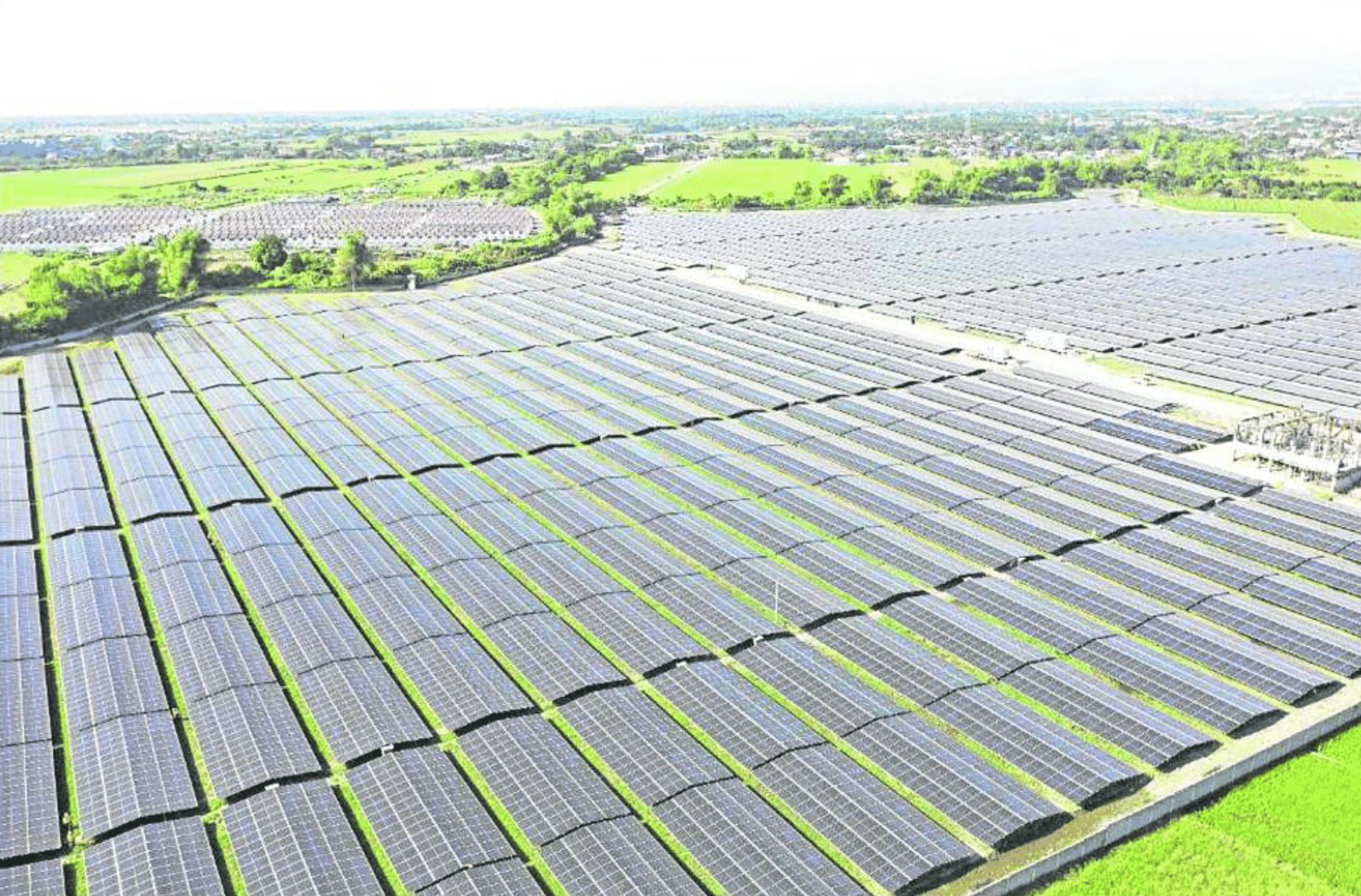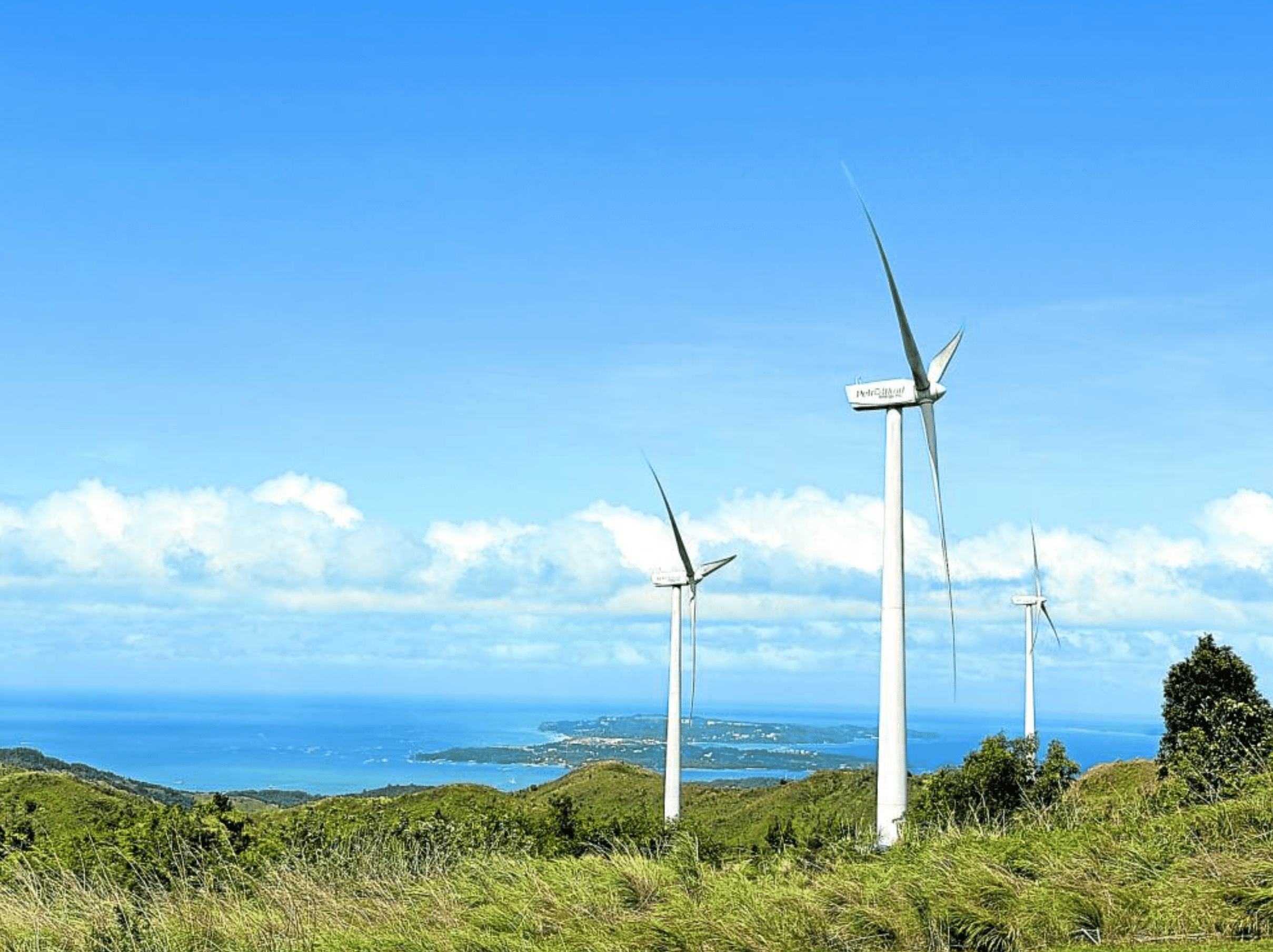The Philippines’ attraction as a renewable power funding hub sparkled in 2024, making a big bounce from twentieth to second most engaging marketplace for clear energy investments in simply three years.
Can it nonetheless dream to turn out to be the No. 1, or is that this too tall an order?
The federal government’s renewable push is on full steam, and it’s seen to additional thrive as extra funds from overseas are anticipated to flood the marketplace for clear power developments.
State officers welcomed the 2024 Climatescope Report by BloombergNEF launched earlier this month, the place the Philippines overtook mainland China, one of many world’s financial powerhouses.
India claimed the prime spot, whereas Chile and Brazil accomplished the highest 5.
Article continues after this commercial
On prime of enhancing the native enterprise local weather, the present administration has been strengthening its ties with buyers to set off extra growth in renewable power. This, as the federal government hopes to extend its share within the energy era combine to 35 p.c by 2030 from the present 22 p.c.
Article continues after this commercial
The Division of Vitality (DOE) stated that at present, native gamers have been driving the expansion of the sector. However it’s assured that extra international buyers would money in on the nation’s ample sources, seeing the Philippines as a bankable vacation spot for enlargement.
This optimism is especially buoyed by latest reforms that enable one hundred pc international fairness in renewable power tasks.
READ: Causes for the combined efficiency of renewable power shares
Can the Philippines dethrone India?
An official of the Philippine unit of Singapore-based Blueleaf Vitality expressed doubts concerning the nation’s capability to safe the highest place, particularly when in comparison with a big nation like India.
“I feel we can’t be No. 1 in comparison with India [because] it has a sheer quantity,” says Christopher Chua, nation head at Blueleaf Vitality Philippines.
Chua says gaining the second spot was “not dangerous,” because the Philippines is already the main nation in Southeast Asia.
He provides that the Philippines has a bonus versus different markets whose authorities leaders have management over utilities, together with energy buy agreements, which may very well be topic to “plenty of management and corruption.”
“So, right here, it’s very open. In order that’s why plenty of international buyers, like Blueleaf, spend money on the Philippines as a result of it’s a really open market. Everybody has a good likelihood,” Chua says.
READ: Manila Water, MSpectrum seal energy deal on utilizing photo voltaic power
However for Jose Layug Jr., president of Builders of Renewable Vitality for AdvanceMent Inc., the Philippines has a combating likelihood given the present administration’s efforts to entice extra buyers by way of “pleasant insurance policies” and Filipinos’ rising demand for electrical energy.
Layug tells the Inquirer that, except for tapping onshore wind, photo voltaic, hydro, geothermal and biomass, the nation can embrace larger capacities by way of offshore wind and floating photo voltaic tasks.
In the meantime, Alberto Dalusung III, Vitality Transition advisor on the Institute for Local weather and Sustainable Cities (ICSC), says that the rating second proved the nation’s competence to doubtlessly dominate renewable power in rising markets.
“It additionally underscores the abundance within the nation of renewable power and its capability to turn out to be a hub for funding and collaboration, not simply inside Asean, however throughout different areas,” Dalusung tells Inquirer in a separate interview.
“Via its development within the deployment and growth of RE, the Philippines is demonstrating a mannequin response that climate-vulnerable nations can undertake in dealing with local weather change, selling financial alternatives, like power safety, power independence, and employment,” Dalusung provides.
Mylene Capongcol, director of the Renewable Vitality Administration Bureau of the DOE, additionally says that each one areas within the nation had been “appropriate for renewable power growth.”
“There are provinces dedicated to renewable power growth like Iloilo Province, Negros, Ilocos Norte, and so forth.,” Capongcol stated in a message.

PAMPANGA PORTFOLIO Raslag Corp. up to now has 4 photo voltaic parks with a complete output of about 78 megawatts (MW) —CONTRIBUTED PHOTO
What extra will be achieved
For the federal government’s half, Capongcol stated the DOE would proceed enhancing insurance policies and methods.
Final October, the DOE bared that at the least 105 renewable power tasks had been dealing with termination of their contracts as the federal government has begun coaching weapons on “nonserious” builders.
Whereas some might even see this as a giant step again from the federal government’s goal, the DOE in addition to different enterprise executives stated this might truly speed up the enlargement of fresh power capability.
Defending the rationale behind the transfer, the DOE says if any contracts weren’t progressing, they might open these up for brand spanking new builders who might pursue the tasks.
Capongcol likewise notes that the DOE would give attention to grid integration, an important a part of the sector, to make sure the facility generated utilizing renewable sources can be transmitted to the grid community.
This was mirrored by ICSC’s Dalusung, as he requires modernizing the nation’s energy grid.
“We additionally want to make sure grid stability, improve the present infrastructure, and combine good grid applied sciences to accommodate the variability of renewable power,” he says, including that doing so would guarantee electrical energy wants are met.
For the Philippines to bolster its dedication to a clear power shift, Dalusung additionally highlighted the necessity to deploy “focused efforts,” notably on curbing small builders’ monetary woes in funding costly renewable tasks.
“The enjoying subject between massive firms and smaller firms must be leveled. Making financing extra accessible and equitable will make it potential for smaller enterprises to play a much bigger function in advancing the power transition,” the ICSC government says.
“We additionally want the federal government and multilateral growth banks to assist derisk renewable power tasks and assist provide you with progressive financing options,” he says.
Dalusung hopes that extra native banks might observe go well with the instance of the Growth Financial institution of the Philippines and Land Financial institution of the Philippines in enhancing their portfolio with financing applications meant for renewable power tasks.
“Nonetheless, progressive financing mechanisms similar to inexperienced bonds and applications supported by the Local weather Funding Funds, and the Inexperienced Local weather Fund stay underutilized,” he provides.
Dalusung additionally says the federal government should choose up the tempo of coaching the native pool of skills and professionals to maintain up with the booming sector and adoption of recent applied sciences.
“Whereas renewable tasks provide alternatives for extra jobs, they require upskilling and reskilling of these at present working in fossil gas energy vegetation,” he says.



